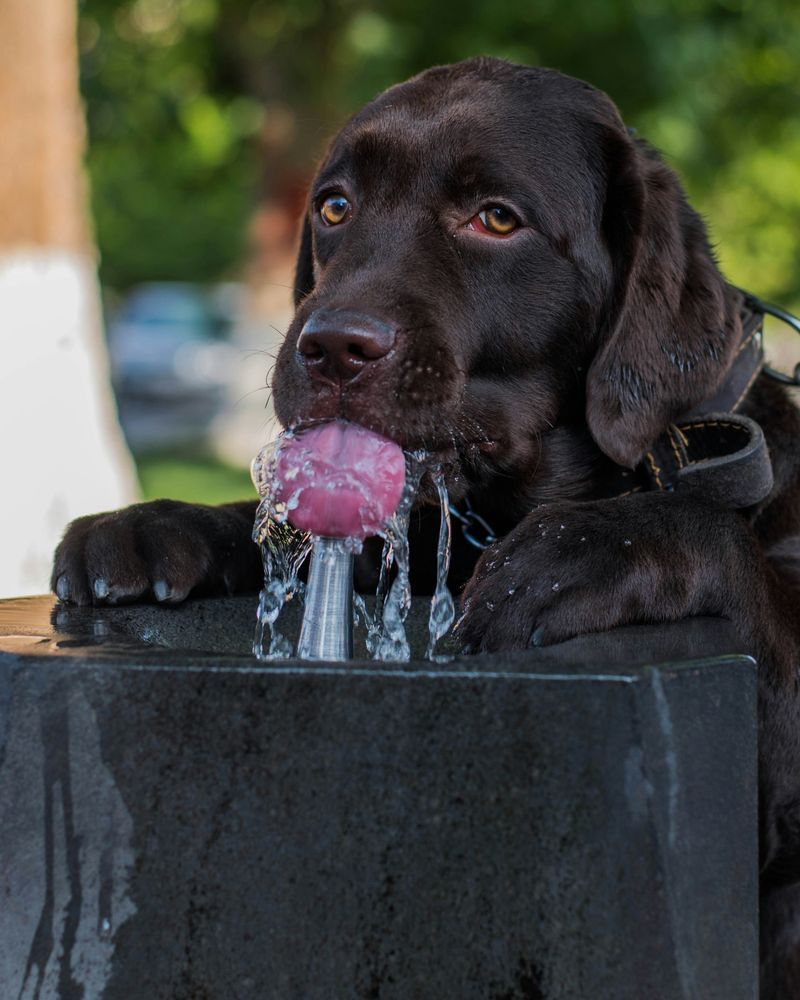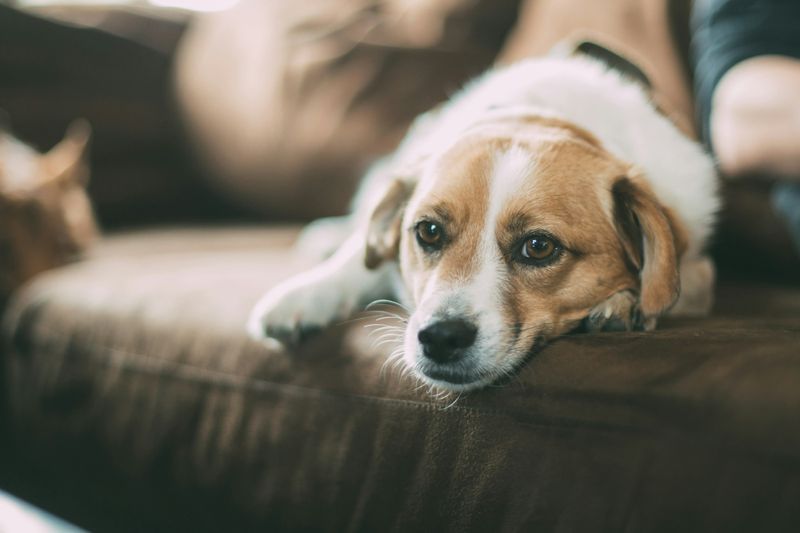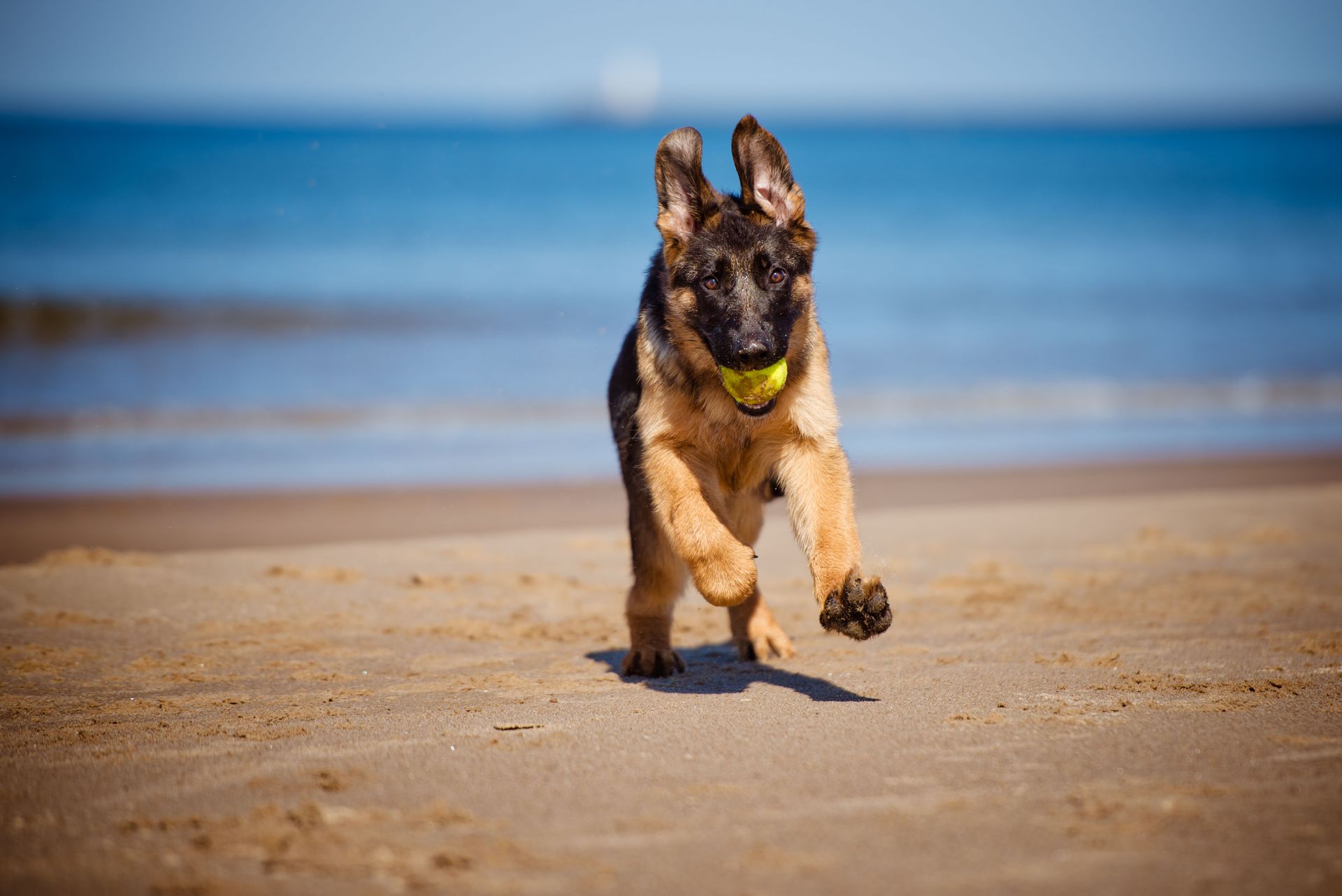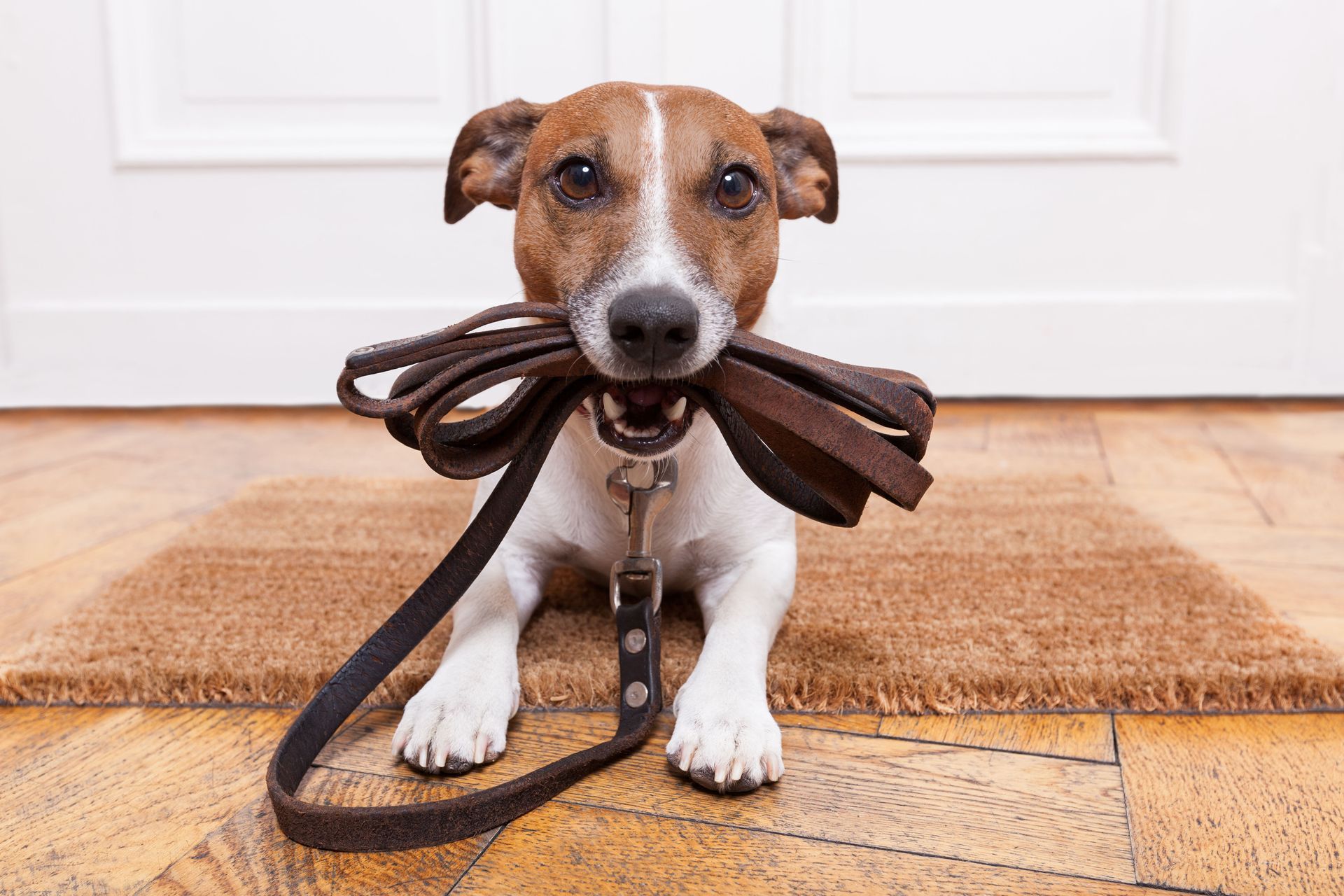Reasons your dog is drinking more water than normal.

With the weather finally warming up, it is once again possible to take our dogs outside without bundling up in our winter gear. With the weather being warmer and your dog getting more exercise time outside, it is typical to notice that your dog is drinking more water. But how much water consumption is excessive for a dog? Throughout our experience as providers of dog boarding in Chicago, we know certain triggers that signify something is wrong with your dog.
HOW MUCH WATER IS TYPICAL?
How much water your dog consumes depends on the diet that you feed him or her. Dogs who consume wet diets may consume less water than dogs who consume dry diets. As a general rule of thumb, dogs should drink between ½ and 1 ounce of water per pound of body weight per day. For example, a dog that weighs 65 pounds should drink between 33 and 65 ounces of water every day.
REASONS FOR AN INCREASE
If you notice that your dog is drinking more water, it could simply be their body adjusting to a new season. If your dog is having loose bowel movements, they will likely drink more water to make up for the fluid loss. However, if your dog is consistently drinking more water than normal, this could be a sign of a more serious issue, such as kidney insufficiency, diabetes mellitus, diabetes insipidus, liver disease, infection, a side effect of certain drugs, or adrenal hormone disease. It is important to consult your veterinarian if you notice something is off.
When your dog is with us for dog boarding in Chicago, we will always ensure that they have plenty of fresh water to drink! If we notice any irregular drinking patterns, we will let you know.





Share On: